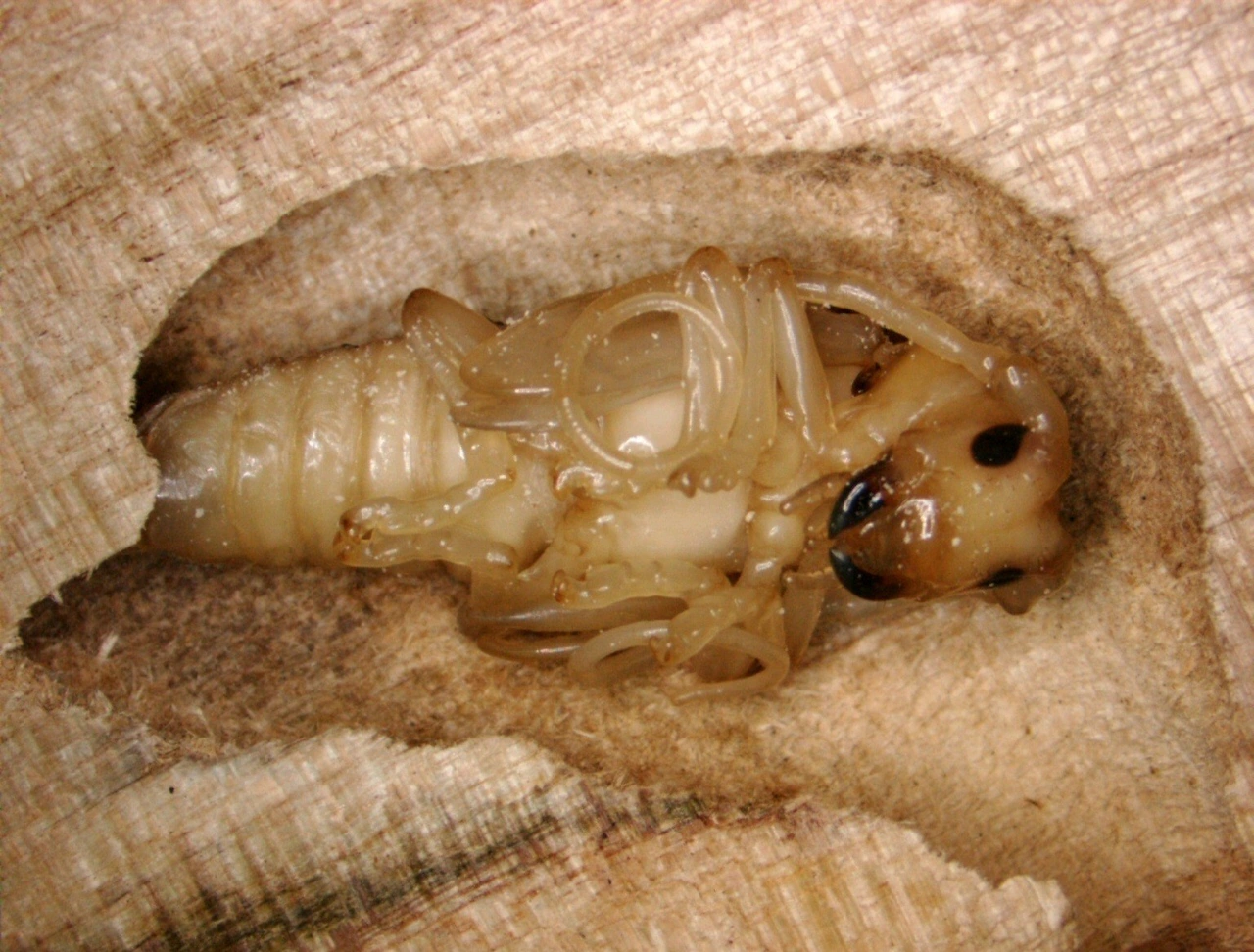
Most people don’t spend much time thinking about firewood, but a closer look might reveal some hidden pests that can have a real impact on Michigan forests.
In honor of Firewood Month, Michigan’s Invasive Species Program is reminding residents to make safe firewood choices to protect the state’s trees and forests.
Even wood that looks clean and healthy can harbor tiny insects, eggs or microscopic fungi spores that can start a new and deadly infestation.
“More than half of our state is forested – with an estimated 14 billion trees,” a DNR news release said. “Trees are part of every landscape we enjoy, from fall forest colors to river corridors to shady sidewalks and parks. Making safe firewood choices helps to protect the diversity and health of Michigan’s forest resources.”
In general, always leave your backyard firewood at home, even if you think it looks fine.
Here is a look at some of the hidden insects and diseases that can be transported to new locations on or in firewood.
Wood borers
“Wood borer” is a general term for beetles that lay eggs on or in the bark of trees. When eggs hatch, these insects spend their larval stages tunneling into and feeding on wood, destroying tissues that move sap and water through the tree.
Many wood borers are native and seek out weakened trees. Others, such as invasive emerald ash borer and the Asian longhorned beetle (found in nearby states), infest healthy trees and cause their decline and death.
Wood borer eggs and larvae can remain in wood after trees die. Because they often are under bark or within the wood itself, they can go unnoticed until they emerge as adults.
A Michigan study of 1,045 firewood pieces transported by the public indicated 23% contained live borers and an additional 41% showed evidence of previous borer infestation
Adelgids
Adelgids are small, soft-bodied insects that feed on coniferous plants like pines or firs using piercing/sucking mouthparts. Agencies are working hard to prevent the spread of hemlock woolly adelgid in West Michigan.
The Michigan Department of Agriculture and Rural Development is managing balsam woolly adelgid in areas of Clare, Missaukee and Oceana counties.
Fungal diseases
Whether native or invasive, many types of fungi can cause tree death. Fungal diseases move around via spores or other structures and are spread in a variety of ways. Both invasive oak wilt and Dutch elm disease fungal spores can be spread by beetles.
When trees die of fungal disease, the fungus can remain alive even if the wood is cut. Moving infected wood can spread tree diseases to areas far beyond a beetle’s range.
Egg masses
For many Michiganders, spongy moths (formerly gypsy moths) and their munching caterpillars are all too familiar. While female moths can’t fly, they easily spread across the state by depositing egg masses on vehicles, outdoor equipment and firewood, which are then moved around by people.
With invasive spotted lanternfly now present in areas of southeast Michigan, the same scenario is likely to play out again unless we all take the time to look for and remove egg masses from belongings and adopt safe firewood practices.



